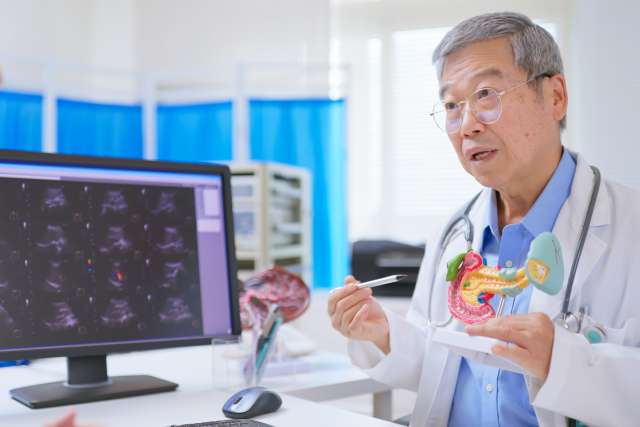What makes a memory? Single cells in the brain, for one thing.
For the first time, scientists at UCLA and the Weizmann Institute of Science in Israel have recorded individual brain cells in the act of calling up a memory, thus revealing where in the brain a specific memory is stored and how the brain is able to recreate it.
Reporting in the current online edition of the journal Science, Dr. Itzhak Fried, senior study author and a UCLA professor of neurosurgery, and colleagues recorded the activity of hundreds of individual neurons making memories in the brains of 13 epilepsy patients being treated surgically at UCLA Medical Center.
Surgeons had placed electrodes in the patients' brains to locate the origin of their seizures before surgical treatment standard procedure in such cases. Fried made use of the same electrodes to record neuron activity as memories were being formed.
The patients watched several video clips of short duration, including such things as landmarks and people, along with other clips of Jerry Seinfeld, Tom Cruise, "Simpsons" character Homer Simpson and others. As the patients watched, the researchers recorded the activity of many neurons in the hippocampus and a nearby region known the entorhinal cortex that responded strongly to individual clips.
A few minutes later, after performing an intervening task, the patients were asked to recall whatever clips came to mind.
"They were not prompted to recall any specific clips," Fried said, "but to use 'free recall' that is, whatever popped into their heads."
The researchers found that the same neurons that had responded earlier to a specific clip fired strongly a second or two before the subject reported recalling that clip. These neurons did not fire, however, when other clips were recalled. Ultimately, it was possible for the researchers to know which clip a patient was recalling before the patient announced it.
Fried noted that the single neurons that were recorded as they fired were not acting alone but were part of a much larger memory circuit of hundreds of thousands of cells caught in the act of responding to the clips.
The study is significant, he said, because it confirms for the first time that spontaneous memories arise through the activity of the very same neurons that fired when the memory was first being made. This link between reactivation of neurons in the hippocampus and conscious recall of past experience has been suspected and theorized for sometime, but the study now provides direct evidence for such a link.
"In a way, then," Fried said, "reliving past experience in our memory is the resurrection of neuronal activity from the past"
Other authors of the study included first author Hagar Gelbard-Sagiv, Michal Harel and Rafael Malach of the Weizmann Institute and UCLA postdoctoral scholar Roy Mukamel.
The research was funded by the U.S. National Institute of Neurological Disorders and Stroke, as well as the Israel Science Foundation and the U.S.Israel Binational Science Foundation. The authors report no conflicts of interest.



